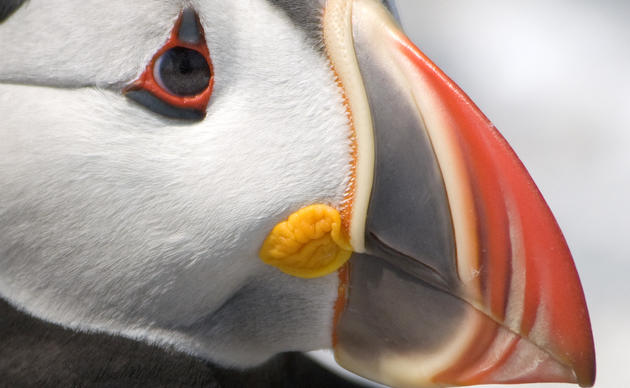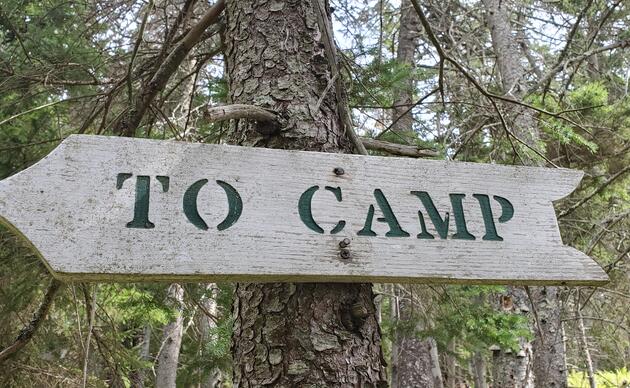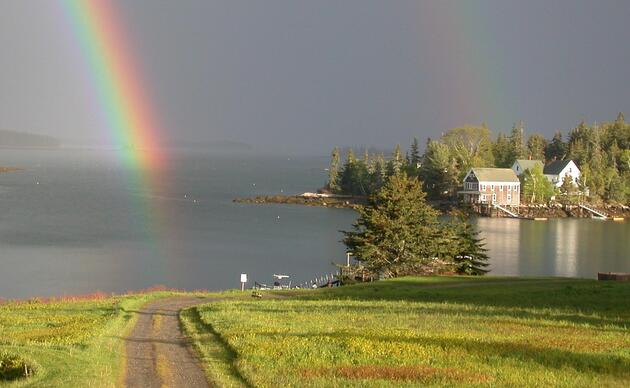Arctic Tern
Arctic Terns (Sterna paradisaea) nest on Matinicus Rock, Seal Island National Wildlife Refuge, and Eastern Egg Rock. They often dive-bomb the people who are going out to do research. Because their nest is on the bare rocks, they must defend their eggs and young from predators and anyone they think might harm them.
Arctic Terns usually lay two eggs (occasionally one or three) in their nest on bare rock, sparse vegetation, or sandy beach. The nest may contain a few pebbles or just be a slight depression. The eggs look remarkably like pebbles, often with a light blue, green or gray background color. This provides them with great camouflage. Arctic Tern eggs hatch after about three weeks of incubation.
The chicks are fluffy and cute! Their parents bring them small fish from the ocean for three to four weeks until they learn to fly and fish for themselves. After that, they've got a long journey ahead of them.
When the young Arctic Terns fledge, they start out the migration with their parents. After migrating south, most young terns stay in the southern hemisphere off Antarctica until they are two years old. They then migrate back to their birthplace without the help of their parents! How they remember the way home is a great mystery to scientists and an amazing feat by Arctic Terns.
The Arctic Tern is among the world’s champion migrants. Some migrate over 20,000 miles a year to return to the same rock crevice to lay their eggs.
Maine Populations: Although Arctic Terns nest widely across the tundra habitats of the world, usually they nest in highly dispersed populations (probably to avoid predation from Arctic fox). In contrast, the largest colonies in the world occur in Maine where the terns nest close together where they are safer from gull predators. Arctic Terns have responded well to Audubon management. On the Maine coast, their colonies have increased from 666 pairs in 1984 to 2,704 pairs in 2008. Most nest on Matinicus Rock and Seal Island NWR with about 100 pairs on Eastern Egg Rock.
Threats: Nesting habitat competition and predation from Great Black-backed, Herring and Laughing Gulls is the principal threat to Arctic Terns in Maine. However, food shortages due to overfishing and climate change may also be affecting populations.




